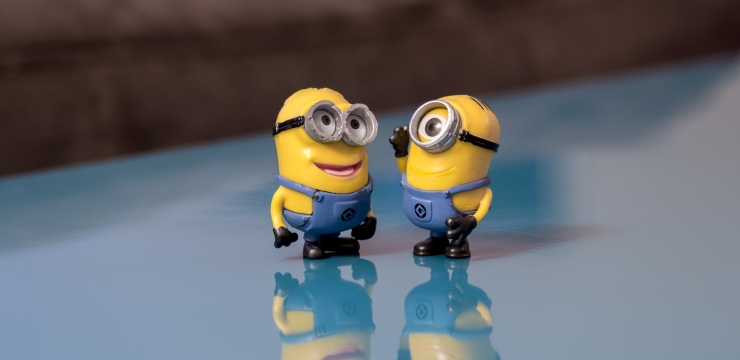One of the key features of a successful marketing campaign is that it creates positive feelings on the behalf of a target audience towards the brand, for obvious reasons. People who feel good about a brand and a product are more likely to buy and this means higher conversion rates for your company.
However, there is more to creating emotionally positive campaigns than you may think. A successful, positively-charged emotional campaign is developing a concept that speaks directly to the audience, therefore capitalizing on the emotions they are likely to be feeling at this point in their lives. Marketing in a positive way is an alternative approach to marketing for companies who strive to achieve social good. It merges social as well as profitable considerations into the process of campaign creation, so that marketing becomes a tool to make a meaningful social impact, as well as boost your company’s bottom line.
The content and aesthetics of your marketing campaign should work cohesively to create a clear message that aligns with the emotional appeal you strive to make with your campaign. Here are some tips to keep in mind when creating a feel-good campaign:
Pick the best emotional catalyst
The best catalysts enable you to “speak your truth” when creating new ad campaigns. It sucks consumers right in and engages on a very emotional level. I’ll explain how this works below.
Music
Music transcends language and, often, nationalities. This makes it a great medium to connect with your users, and can spread virally if executed correctly. For example, Pharrell Williams partnered with the United Nations Foundation, Live Earth and Google to produce the Global Happy Party. This initiative to promote the International Day of Happiness in 2015 leveraged the success of his song “Happy” which not only rose to number one on the Billboard “Hot 100 Songs” Chart in 2014 but it was also used for a 24 hour music video, dubbed 24 Hours of Happy. The song inspired a global wave of joy and earned over 781 million views on YouTube (as I write this). The 24 hour music video was split up into 24 videos in this playlist, enjoy!
Games
Playing games with your audience can be a real hit for engagement. Include an interactive game in your campaign, and you could see some fantastic results. In Switzerland, KPT came out with Smileball to show that they had the happiest health insurance clients. The concept was a pinball machine that was manipulated by people’s smiles. The campaign was a success and you can see it in the smiles:
The reasoning behind the campaign’s success could be attributed to its simplicity. The campaign’s main goal was to make people happy and connect that happiness to the brand’s image. While the game wasn’t super difficult, it was still challenging enough to be engaging, and the face-recognition technology featured in the pinball game gave a modern twist to an old game. Most of all, though, smiles were made on the behalf of both viewers and the participants.
Another fun campaign was Douwe Egberts ran a fun campaign titled “Bye Bye Red Eye” in a South African airport:
Imagine a world where all you had to do to receive a free cup of delicious, steaming hot Douwe Egberts coffee was to yawn. That’s right. Just yawn, and your exceptional caffeine fix appears right in front of your eyes.
Self-Image
Clothing brand Fruit of the Loom recently used the theme of self-image to give an emotional tug in their latest campaign. The company wanted their American audience to utilize the so-called power of positive underwear in their campaign called “Start Happy”, an obviously happy campaign that even featured free underwear!
“Start Happy” works off of the premise that “the underwear you put on in the morning has the power to set the tone for your entire day.” This statement that we surely all can relate to, has a powerful, but light-hearted tone associated with it. The brand uses its “commitment to excellent fit”, promising better fitting underwear, along with a spirit of sharing and thoughtfulness to earn customer loyalty. It is a fun campaign by a company that doesn’t take itself too seriously.
They’ll understand when they’re older, and have to buy their own underwear. https://t.co/A5Lbs8ABqd
— Fruit of the Loom (@FruitOfTheLoom) December 21, 2015
Don’t forget the fun
These ad campaigns have common elements. To begin with, they use liberal doses of fun to capture consumers’ attention. Their catalysts for these emotional connections tend to transcend many boundaries that some brands find challenging and, instead, have a deep emotional appeal for consumers. This translates into better brand sentiment and higher quality engagement with customers.
Which brands or ad campaigns evoke similar happy thoughts in you? Share your favorites in the comments below!
Image credit: Minions talking, smiling from Pixabay, released under a CC0 dedication

